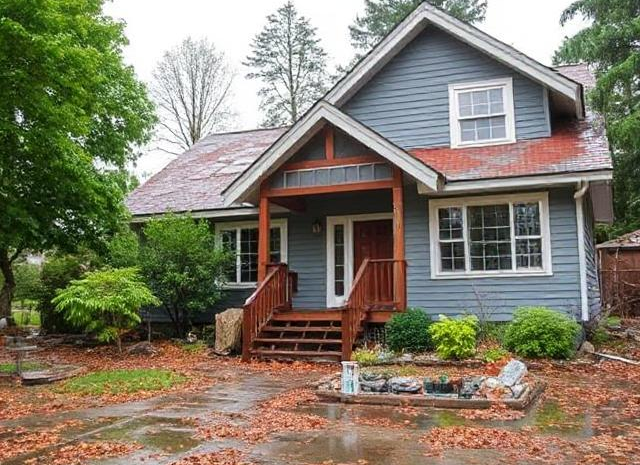
How To Prepare Your Home For Natural Disasters To Lower Insurance Risks
Preparing your home for natural disasters can not only help protect your family and property but also lower your insurance risks, potentially reducing premiums and ensuring that you are covered adequately. Here are steps you can take to make your home more disaster-resilient:
1. Understand Your Risk
- Identify local hazards: Know what type of natural disasters are common in your area (e.g., earthquakes, floods, hurricanes, tornadoes, wildfires).
- Review insurance coverage: Make sure your insurance covers the specific disasters that pose a risk in your region. Regularly review and update your policy.
2. Strengthen Your Home’s Structure
- Wind resistance: If you live in an area prone to hurricanes or tornadoes, reinforce the roof, windows, and doors. Install impact-resistant windows, or use storm shutters.
- Earthquake-proofing: In earthquake-prone areas, secure heavy furniture, appliances, and cabinets to the walls. Consider retrofitting your home’s foundation to be more earthquake-resistant.
- Flood protection: Elevate the foundation of your home or install sump pumps to prevent flooding. Seal windows, doors, and cracks in your foundation to reduce water entry.
3. Maintain Trees and Landscaping
- Trim trees: Trim overhanging branches and dead trees that could fall during high winds, storms, or earthquakes.
- Create defensible space: In wildfire-prone areas, create a defensible space around your home by clearing away dry brush and debris, and planting fire-resistant vegetation.
4. Reinforce Utility Systems
- Electrical system: Ensure that electrical panels and wiring are up to code, and consider installing surge protection to protect against lightning strikes.
- Plumbing and gas lines: Check for gas leaks and ensure plumbing is up to code. Secure gas lines to prevent ruptures during earthquakes or high winds.
- Water supply: Install backflow valves and water-resistant barriers to keep water from entering during a flood. Store emergency water supplies.
5. Create an Emergency Plan
- Evacuation routes: Have a clear evacuation plan in place for your family. Include multiple routes out of your home and neighborhood.
- Emergency kit: Prepare an emergency kit with essentials like food, water, flashlights, batteries, a first-aid kit, medications, and important documents.
- Communication: Ensure that all family members know how to reach each other during a disaster. Use a landline or satellite phone if mobile networks go down.
6. Review and Update Your Insurance Policy
- Coverage for natural disasters: Many standard homeowner’s insurance policies don’t cover specific disasters like flooding or earthquakes. You may need to purchase additional coverage for these risks.
- Flood insurance: Even if you’re not in a high-risk flood zone, it’s worth considering flood insurance since floods can happen anywhere.
- Earthquake insurance: In seismic areas, check whether your policy includes earthquake coverage, as it is often separate from basic homeowners’ insurance.
- Check policy limits: Make sure your insurance coverage reflects the current value of your home and possessions. Ensure it covers the cost of rebuilding and replacing items after a disaster.
7. Consider Sustainable and Resilient Building Materials
- Fire-resistant materials: Use fire-resistant roofing, siding, and fencing if you’re in a wildfire-prone area.
- Flood-resistant materials: Consider water-resistant or flood-resistant flooring, doors, and windows for homes in flood zones.
- Sustainable landscaping: Use drought-tolerant plants and trees to conserve water and reduce the impact of wildfires.
8. Document Your Property
- Inventory your possessions: Keep a record of your possessions with photos or videos and store it in a safe place (digital or cloud storage). This can help in the event of a claim.
- Update documentation: Regularly update your inventory, especially after large purchases or home renovations.
9. Consider Community Preparedness
- Local emergency services: Be aware of community resources and local emergency plans. Participate in community preparedness programs.
- Neighborhood network: Know your neighbors, particularly those who may need extra help during a disaster (elderly, disabled).
By taking these steps, you’re not only protecting your home and family but also reducing the likelihood of costly claims, which can help lower your insurance premiums. Regular maintenance and up-to-date policies also ensure that you have adequate coverage when you need it most.

